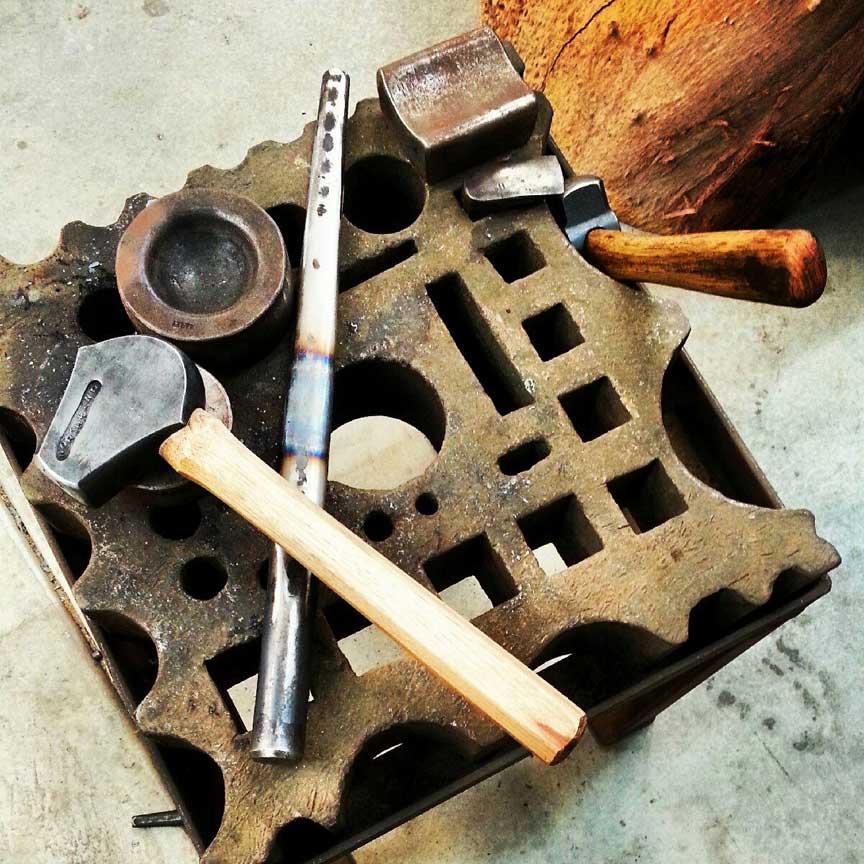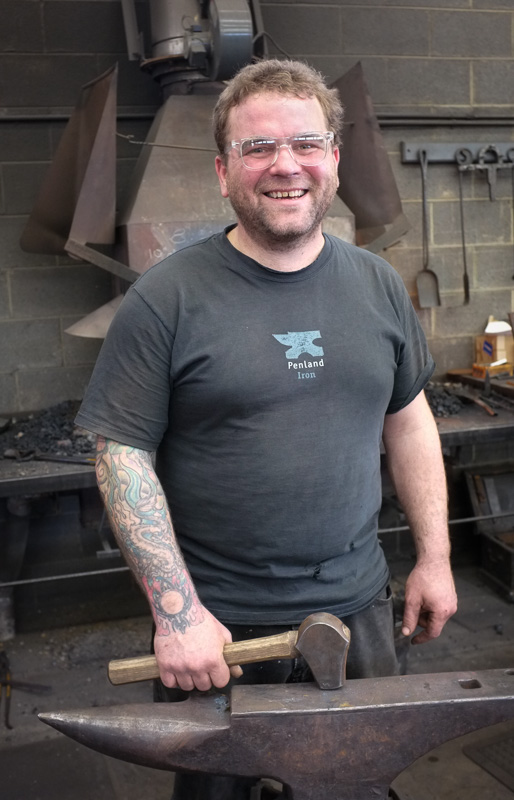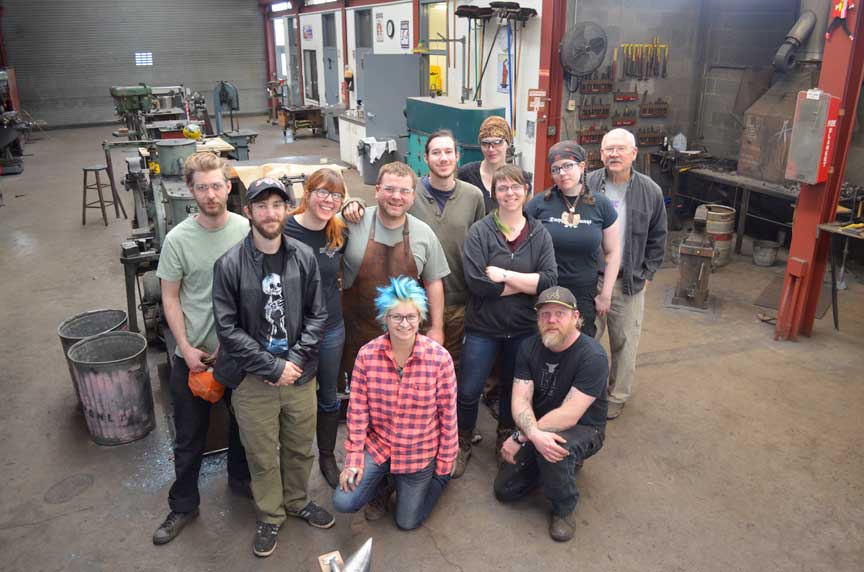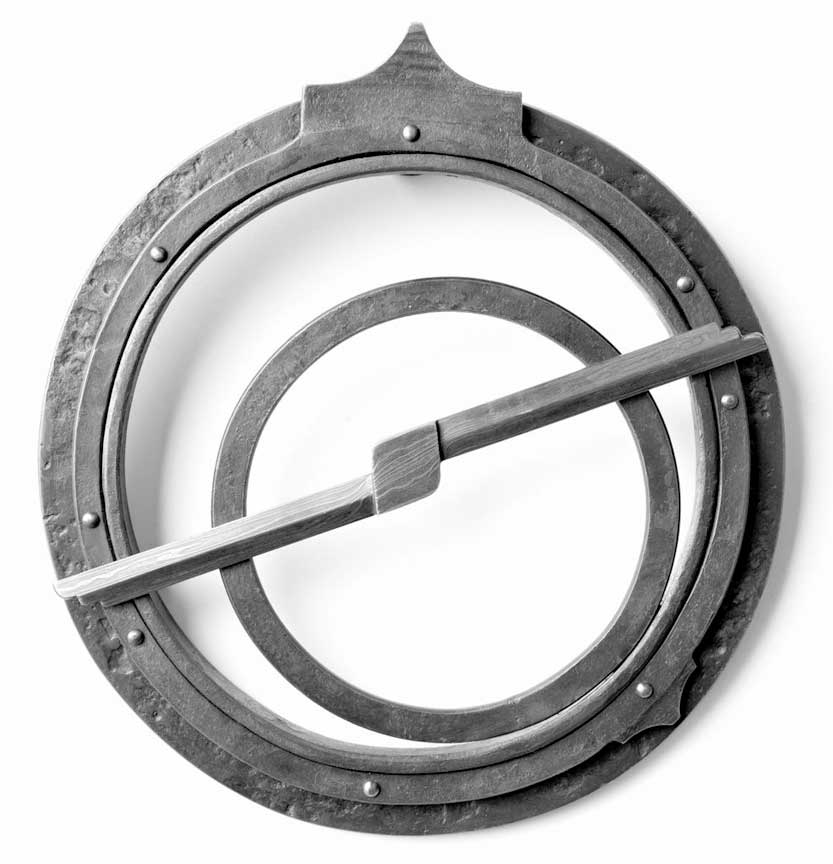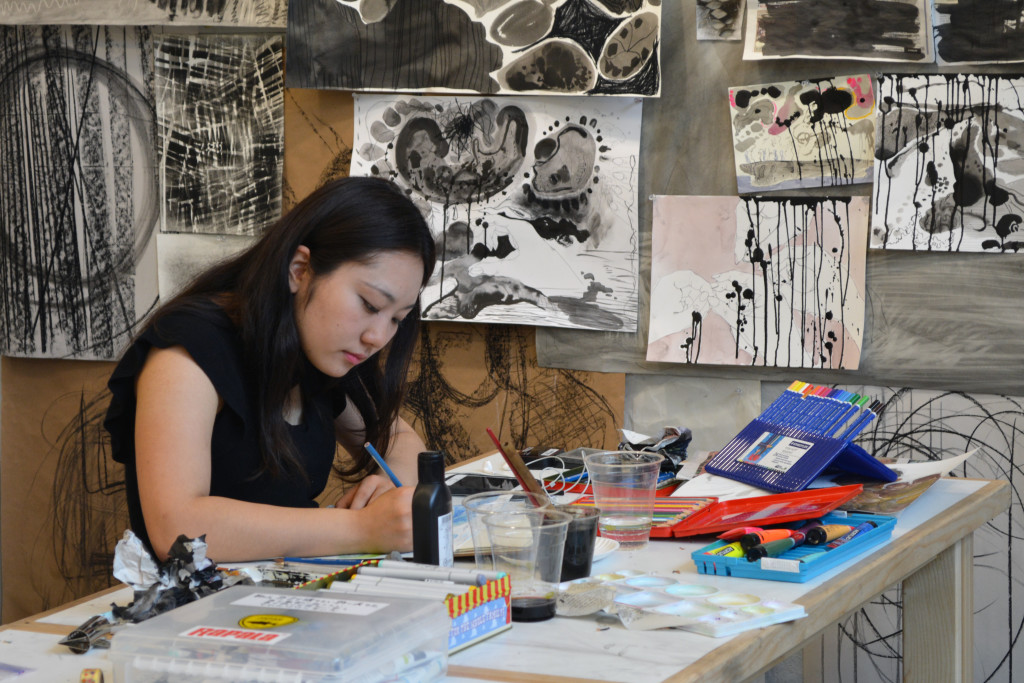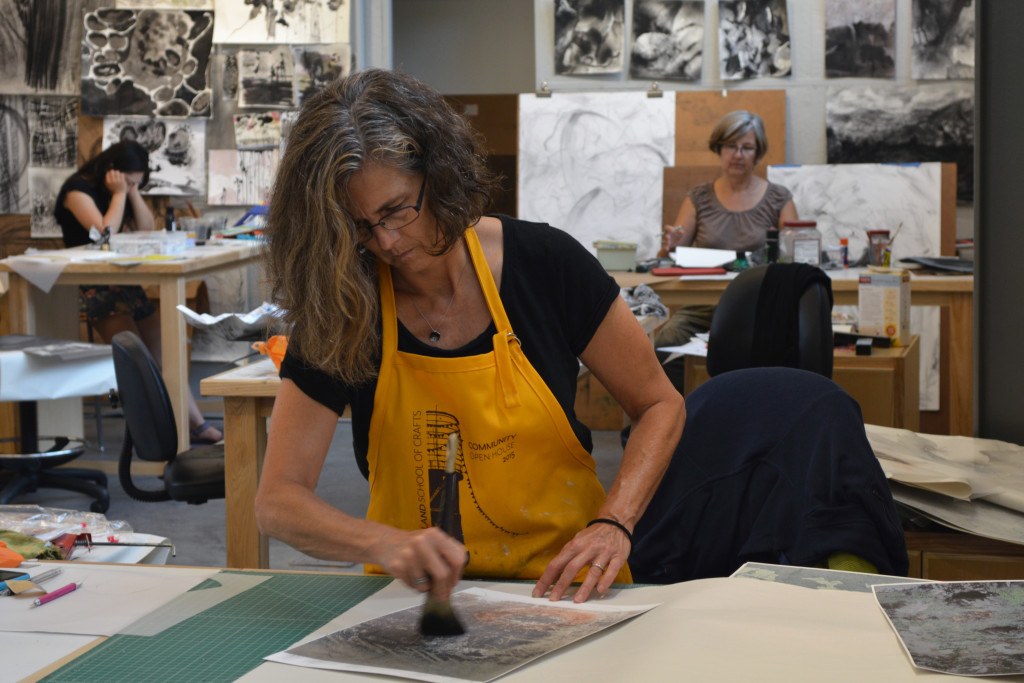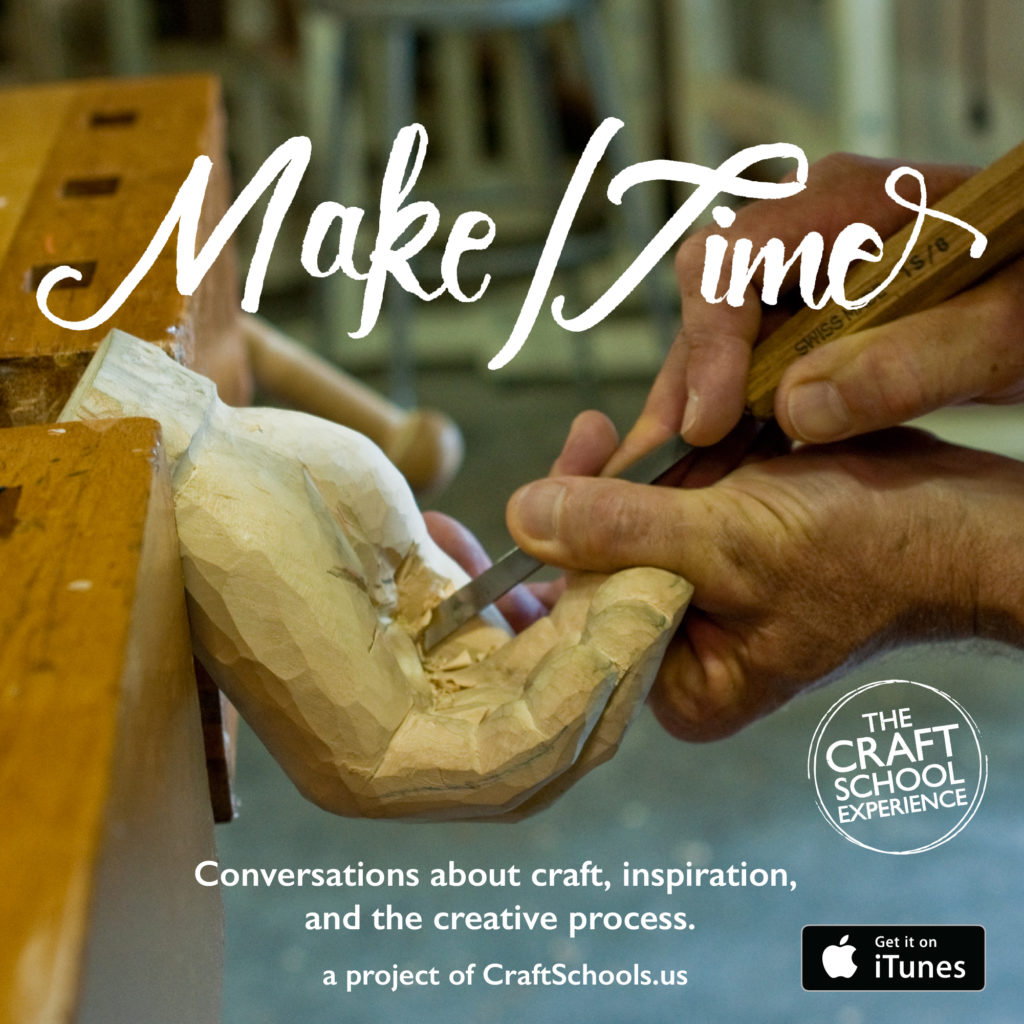
We’re excited to share the news about Make/Time, a new podcast series and our current favorite listen. Hosted by Stuart Kestenbaum, the series explores fine craft, inspiration, and the creative process through interviews with established craft artists from across the field.
“Having conversations with leading and emerging craft artists gives me the opportunity to dig deeply behind the scenes,” says Kestenbaum. “Every episode gives us a special look at the person behind the work, their ideas, and the inspiration that helps them achieve excellence in this field.”
The most recent episode of Make/Time features furniture designer Vivian Beer. Before winning season two of Ellen’s Design Challenge on HGTV, Vivian spent three years at Penland as a resident artist. On the podcast, she discusses blending traditional making with new technology, as well as her desire to make great design more economically accessible.
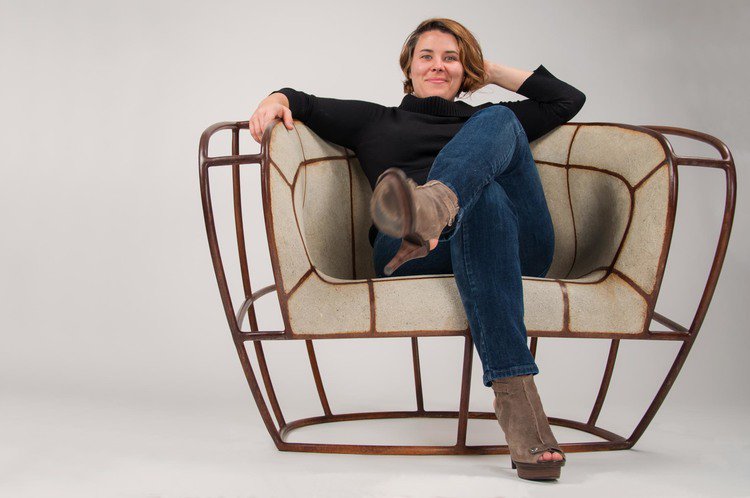
Previous episodes of the podcast have featured Tom Joyce, a sculptor and MacArthur Fellow known for his work architectural work and large public sculptures in forged steel; Sonya Clark, head of the Craft and Material Studies Program at Virginia Commonwealth University, whose work in textiles often addresses issues of race in America; and Tim McCreight, a jeweler, writer, and publisher who has begun an innovative program with West African jewelers.
Make/Time is a project of CraftSchools.us and is part of “The Craft School Experience” initiative that promotes the value of immersive, residential craft schools across the country. Each episode is available on the Penland website or by searching “maketime” on iTunes or wherever you get your podcasts. Episodes are approximately 20 minutes long.
About CraftSchools.us
CraftSchools.us is a consortium of five U.S. craft schools promoting the craft school experience on a national scale. Through their efforts, they explore the values, communities and opportunities that join them as a movement of immersive, residential schools teaching a variety of craft disciplines. Members of CraftSchools.us include: Arrowmont School of Arts and Crafts, Haystack Mountain School of Crafts, Penland School of Crafts, Peters Valley School of Craft, and Pilchuck Glass School.
About Stuart Kestenbaum
Stuart Kestenbaum was the director of Haystack Mountain School of Crafts in Deer Isle, ME from 1988 – 2015. He is the author of four books of poems, most recently Only Now and The View From Here, as well as brief essays on craft, community, and the creative process. Kestenbaum is an honorary fellow of the American Craft Council and is currently the Poet Laureate of the State of Maine. He has taught at Penland and was the school’s 2015 Andrew Glasgow Resident Writer.


